The Most Effective Turmeric Alternatives
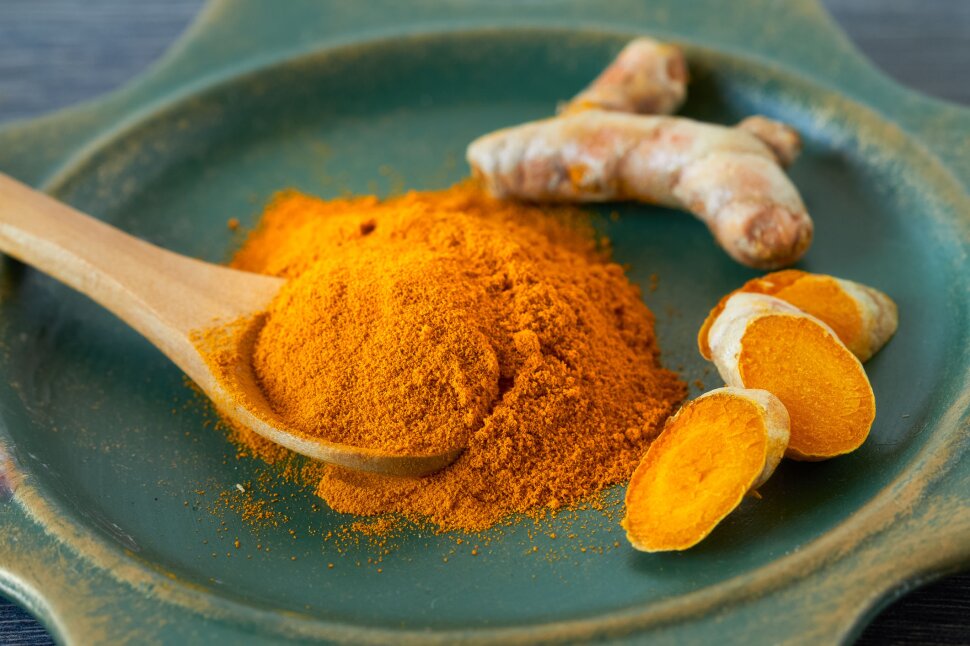
Turmeric is a nutritious spice that may be utilized in a variety of dishes. It is related to ginger and has a bitter taste that may offer a distinctive flavor to foods.
This spice is renowned in India, but it has also gained popularity in other cuisines worldwide. There’s no reason to be worried if you don’t have it in your kitchen; we’ve developed a list of alternatives that will work well with your recipes.
Turmeric substitutes include saffron, curry powder, annatto seeds, mustard seeds, paprika, turmeric paste, ginger, cumin seeds, galangal powder, anise seeds, and other spices.
Turmeric Substitutes
Turmeric is difficult to locate a condiment with the same texture and advantages. However, the following solutions will undoubtedly save your recipes.
1. Saffron
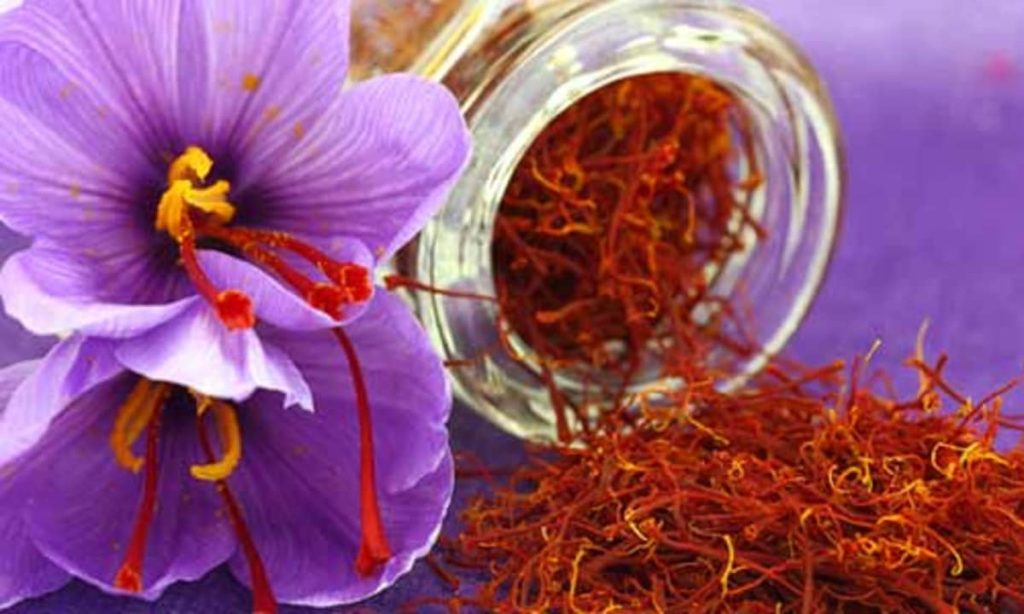
Saffron is the ideal turmeric alternative since it has the same color and has a slightly comparable flavor and feel. This flavor will impart a yellow hue to your cuisine, similar to turmeric.
Saffron may be used in rice, soups, and other sauces for its color and its rich flavor. Saffron, on the other hand, has a sweet taste that turmeric does not.
They are the same color as turmeric, but the flavor and processing methods are not the same.
As a result, you should use far less than you would turmeric. For each teaspoon of turmeric, use no more than half a teaspoon of saffron.
2. Curry powder
Curry is a beautiful turmeric alternative since it contains turmeric as well as other components. It imparts the same yellowish-orange hue to dishes as turmeric but with a considerably stronger flavor.
Chilli is another element in curry powder, so be aware that your food will be hotter. To keep a balanced flavor, use half a teaspoon of curry for each teaspoon of turmeric.
3. Annatto seeds
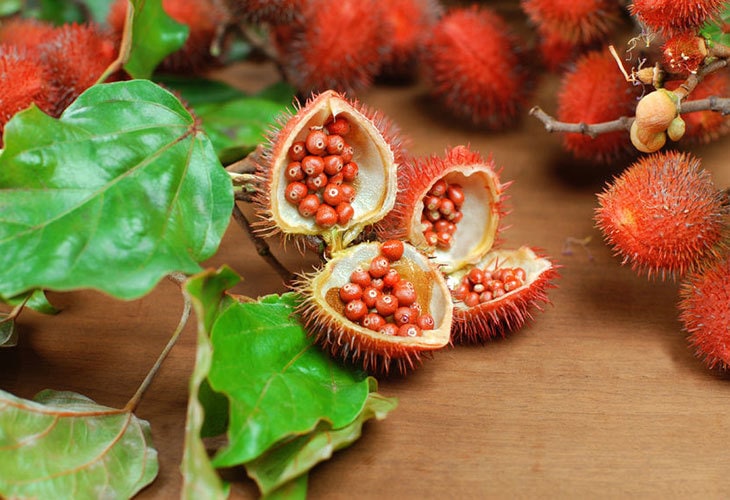
Annatto seeds might likewise be used in place of turmeric in a variety of meals.
You cannot just sprinkle Annatto seeds on your food, and you will need to combine a quarter cup of these seeds with half a cup of your preferred vegetable oil. Allow this mixture to sit for up to ten minutes or until the oil takes on the orange color of the seeds. Then, pour the mixture over your food.
4. Mustard seeds
Mustard seeds are an excellent condiment to use in cooking. They will turn your meal yellow and add a particular taste to it. You could even prefer the flavor derived from mustard seeds over that derived from turmeric. Keep in mind, though, that mustard seeds have a more pungent taste. For every teaspoon of turmeric, use only a quarter of a teaspoon.
5. Paprika
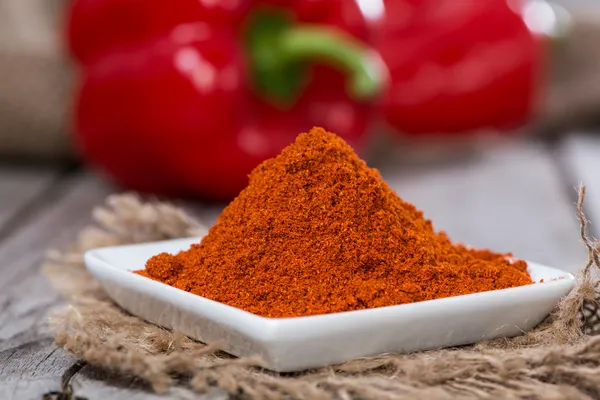
Paprika can be used in place of turmeric alone or conjunction with mace. This seasoning may be used in any meal, and there are many different types of paprika to choose from.
The taste will be as intense as your paprika, if not more so if combined with mace. So, instead of turmeric, taste your flavor before applying it. It is entirely up to you how much of this substance you use.
6. Turmeric paste
If you can’t obtain traditional turmeric powder, you may always use turmeric paste, and it is widely available in supermarkets and even online. Even though this paste is comparable to turmeric powder, you will need to use more to have the same flavor.
Some recipes may require up to twice the amount of turmeric paste. As a result, for one teaspoon of turmeric powder, use about two teaspoons of turmeric paste.
7. Ginger
Turmeric and ginger, as previously stated, are members of the same family. On the other hand, the ginger flavor is stronger than the turmeric flavor, and ginger is a spicy spice that will dramatically change the flavor of your cuisine.
Ginger powder can be used in turmeric in cold meals, but it also works well in Asian-heated cuisine. In terms of proportions, use only a pinch of ginger for every teaspoon of turmeric.
8. Cumin seeds
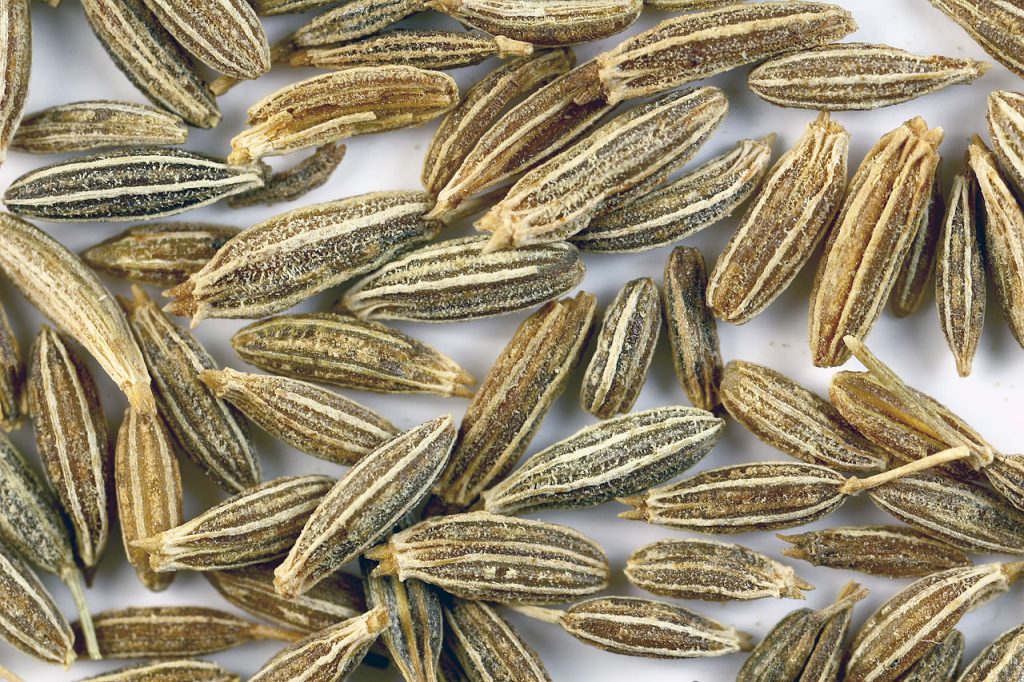
Curry powder contains cumin seeds as well. Instead of turmeric, they can be used, but they will not have the same flavor as the Indian seasoning.
Cumin seeds may be used in a variety of dishes to enhance the flavor. Maintain the same proportions by adding one teaspoon of cumin seeds for every teaspoon of turmeric.
9. Galangal powder
Galangal powder may not be as well-known as the other replacements, but it is a viable choice. Even though it does not modify the color of the meal, it tastes excellent in Indian recipes.
Because the flavor is more vital than turmeric, use half a teaspoon of this powder for every teaspoon of turmeric. Make careful to try it first to determine whether you enjoy it in your dish.
10. Anise seeds
Anise seeds, which are available in powder form, are an excellent turmeric alternative. They will impart a lovely and earthy taste to your meal without significantly affecting its color. You may use the same amount of anise seeds as turmeric and expect your cuisine to be quite flavorful. If you dislike the flavor of turmeric, these seeds are ideal.
11. Fennel seeds
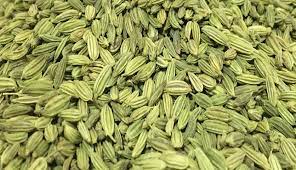
Fennel seeds are greenish in color and flavorful, and they will also change the color of your meal. If you don’t like turmeric, use fennel seeds instead.
Their earthy and somewhat sweet flavor may surprise you. If you don’t want your meal to be excessively sweet, use half a teaspoon of fennel seeds for every teaspoon of turmeric.
12. Sweet pepper powder
Last but not least, experiment with sweet pepper powder. This powder is widely available and has a sweet pepper flavor with no spicy undertones. It will alter the color but not the flavor of your food. Because this powder is often red, you will not receive a yellow hue, but your dish will still taste excellent. Use as much as you like instead of turmeric.
FAQs
Can I use paprika for the turmeric?
As previously indicated, paprika can be an acceptable substitute for turmeric. It should not, however, be your first choice, especially if you choose hot paprika.
Sweet paprika and spicy paprika are also available, and you should choose the one that best complements your dish. Taste it before using it will give you an idea of how much to add to your dish based on your tastes.
Is cumin synonymous with turmeric?
Cumin is not the same as turmeric as a condiment. In several cuisines, however, turmeric can be substituted for cumin and vice versa. It is vital to note that the flavor will be radically different if you use one instead of the other.
Cumin has a sweet and earthy taste that turmeric lacks. And it is a Mediterranean seasoning rather than an Indian one. Turmeric has a very faint flavor and may not even affect the taste of your meal by the time you’re done cooking it.
Let’s spice it up a little.
Turmeric might be a key element in your meal, but it does not preclude you from cooking without it. Even if you don’t have this Indian flavor, you may cook a delicious dish using any substitutes in this tutorial. Experiment with them to learn which one works best for you.











